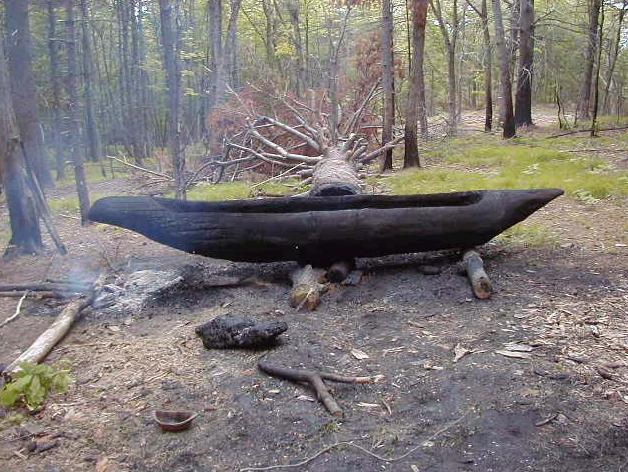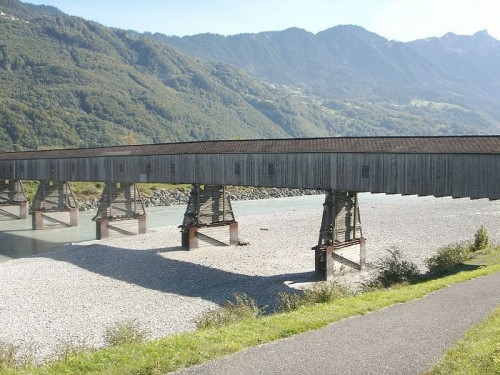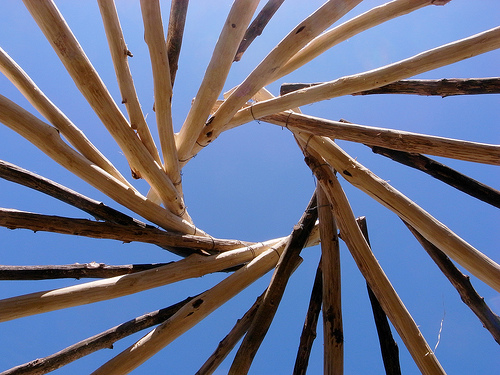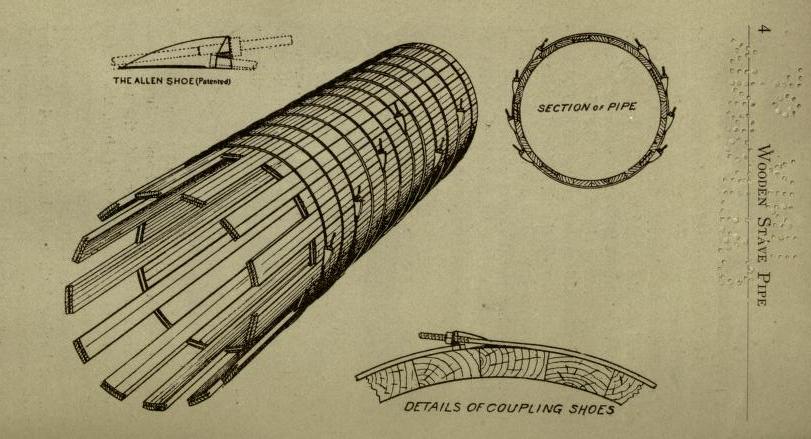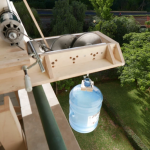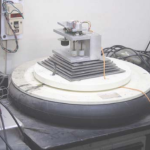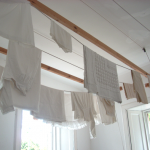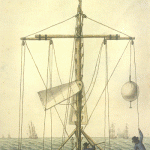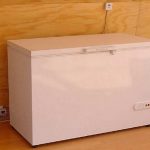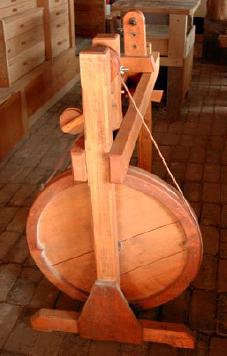 In the last twenty years or so since I built this foot-powered treadle lathe, I have received many requests for drawings or plans.
In the last twenty years or so since I built this foot-powered treadle lathe, I have received many requests for drawings or plans.
The lathe has been used as part of our traditional woodworking demonstrations and it never fails to draw a crowd. Of course, the reason the lathe exists is because I felt a need for it as a tool.
Some of the main considerations when designing the lathe were:
- Human powered — our solar energy system was pretty small at the time
- Size — it had to be less than 42″ tall to fit into our old truck
- Compact — since it would sit in our small shop all the time, a small footprint was essential
- Portable — as in not too cumbersome or heavy
- Functional — it had to perform the basic duties of a light-duty lathe
- Adaptable — I had in mind several untraditional uses for the tool, like sanding”
